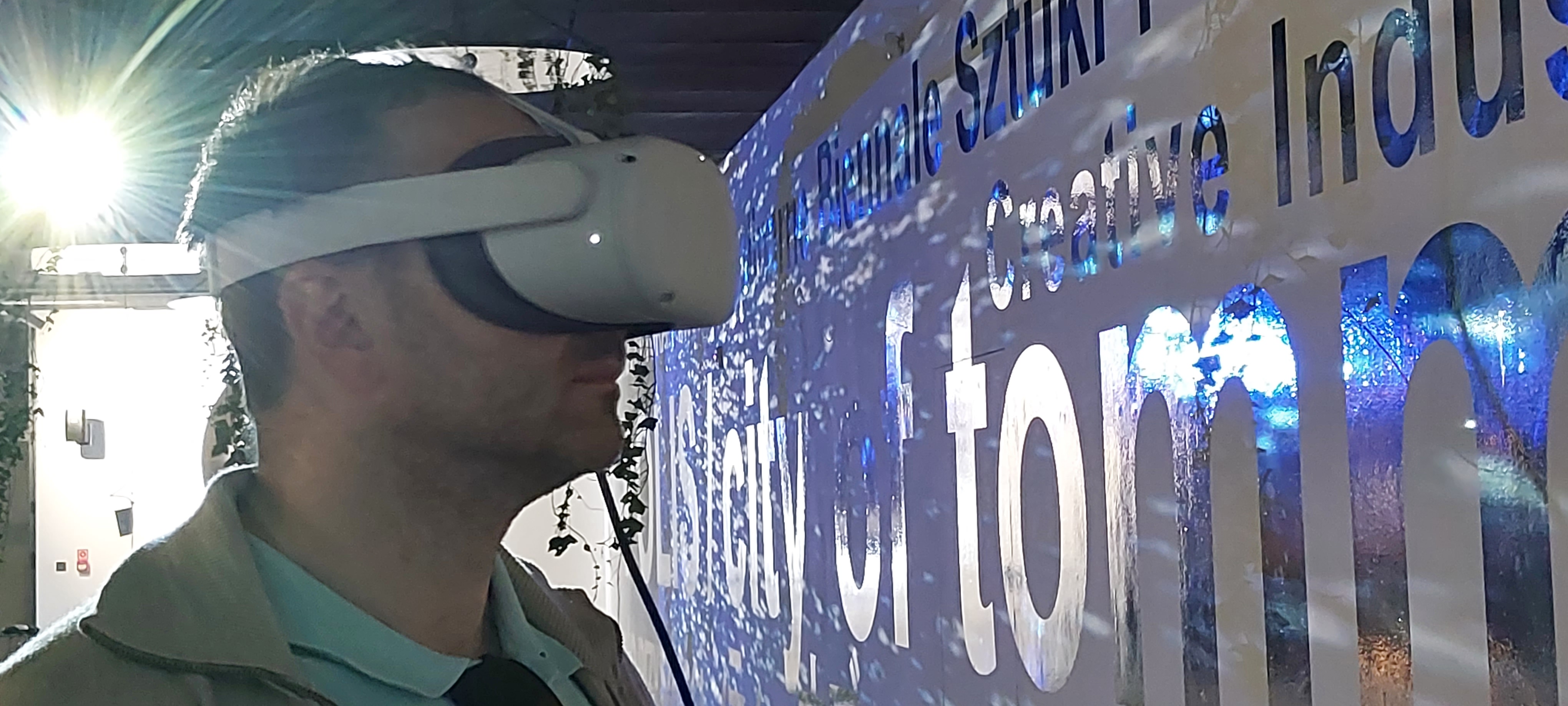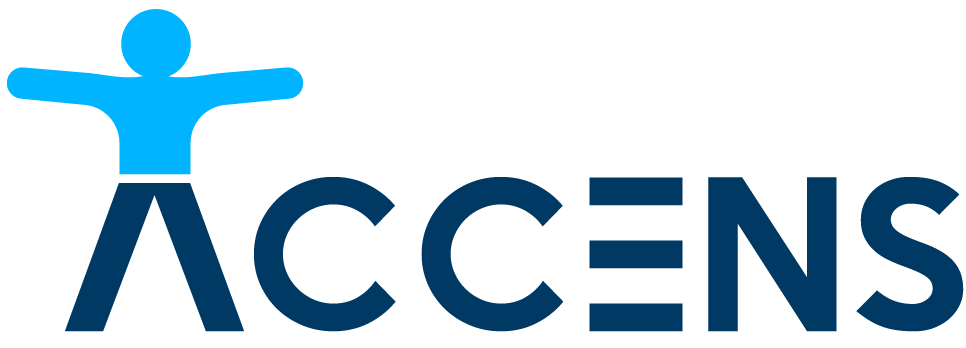Customer case: Virtual reality accessible for people with visual impairements

Customer
Juliusz Słowacki Theater in Krakow
Project
Interdisciplinary Biennial of Future Art and Technology e-POLIS Culture Futura
Date
October - November 2023
Team
Dawid Górny, Regina Mynarska, Adrian Wyka, Kacper Mikocki, Tomasz Bonior, Jędrzej Barancewicz
Selected findings from the project summary report:
“Overall, participants were positive about their VR experience: 45% of respondents described their experience as positive, 36% as very positive.
Visually handicapped participants paid particular attention to the high quality of graphics and impressions that are significantly different from traditional multimedia.
The ability to move and interact in a virtual world was fascinating and immersive for the participants. Some of them returned after testing for additional VR sessions with audiodescription.
The majority of participants positively evaluated the quality of the audiodescription. When asked if the audiodescription was clear and detailed enough to orient in VR, 81% of testers answered >>Yes, definitely<<
72% of testers rated that the audiodescription allowed them to make informed and independent decisions."
Challenge
Part of the Biennial was an exhibition presenting artistic objects in virtual reality technology. Its curator was Alek Janicki. As an experiment, it was decided to see if it was possible to make the exhibition accessible to people with disabilities. The accessibility of VR objects is still an under-researched area, so the project had to be thought out, defined and planned practically from scratch.
It was also a great opportunity to not only reach a wider audience with VR experiences, but also to explore and analyze their feelings and look for new ideas on the accessibility of virtual reality.
The project was not limited to the preparation of audiodescription, but also included the organization of research with users with disabilities.
What is VR audiodescription about?
VR audiodescription combines features of three areas of info-communication accessibility. Here we have a combination of live audiodescription, film audiodescription and personal assistance.
During live audiodescription, a reader reads out a pre-prepared audiodescription text. It is most often seen in the theater, during performances accessible to people with visual impairments.
Film audiodescription is an additional soundtrack. The description of the action, characters, scenery appears in the intervals between dialogue issues and significant sounds. Often the so-called audio introduction, or introductory text, is used. It contains a description of the essential elements of the appearance of the characters, places of action, film assets. It is used especially when the pace of the action and the high density of narration and dialogues in the film make it impossible to provide important information for understanding on the fly.
Personal assistance is direct support for a person with a disability, tailored to his or her needs, carried out by an assistant.
Each of these three accessibility activities is fairly standardized and well practiced, but combining and conducting them in parallel does not happen often. Experiencing virtual reality, however, combines elements of theater, film and interaction with elements of the artificially created world.
Solution
Together with the team responsible for the exhibition and the theater's accessibility coordinator, we selected 2 of the 10 objects to be presented. As a second step, we developed audio descriptions for them. The process of creating them obviously included consultation with blind users. Third, together with the exhibition production team, we created the concept of a stand for the use of VR objects by visually impaired people. When everything was ready, installed and configured, we provided a live audio description service for visitors to the exhibition on selected days. Finally, we prepared surveys and conducted user tests, and compiled the results in a summary report. We included a presentation of the results of the surveys, a summary of the end user experience, conclusions, suggestions and ideas for the future. The report is available on the Slovak Theater website.
We chose the objects "Sleepwalker" by Palina Kamarova and "Nocc" by Weronika M. Lewandowska and Sandra Frydrysiak. The choice was dictated by the fact that in these works sound effects were prepared in an most engaging way. The second criterion was the relative ease of navigation for a user not using visual inputs. We developed introductory texts. They included descriptions of the worlds created by the artists in the two selected works. They also explained the rules for moving around in a given reality and interacting with it. An important element of them was information about the authors and their commentary on the works. Live audio description and personal assistance services were applicable when a visually impaired person experienced virtual reality. At that time, the audiodescriber provided live information about the visual aspect of a given situation. This was possible thanks to a dedicated station and the transmission of images from the VR goggles to the monitor. The audiodescriber stood next to the visually impaired person and provided all the necessary information directly.
Eleven people took part in testing of this type of solution. We asked the testers how they thought it would be possible to increase the level of autonomy, satisfaction and enjoyment in interactions with VR objects for people with visual impairments. Testers were invited to the interviewer's table immediately after the VR experience, who read the questions and recorded the answers. The test group was diverse in terms of age (people from 20 to 60 years old), type of visual disability and experience with VR.
Results
The report and the resulting conclusions were presented at the biennial's closing event. We met with a very good reception of our activities, both from the organizers and visitors to the exhibition during "accessible Thursdays".
Participants expressed satisfaction with the ability to explore virtual worlds and the impression of moving inside objects. They found the ability to move and interact in the virtual world fascinating and immersive. Some of them returned after testing for additional VR sessions with audio description.
Many people were positively surprised by the fact that VR could be accessible to them, even though they had previously thought they would not be able to use it due to their visual disabilities. Most of them reported feeling deeply involved in the worlds of virtual reality. They described their experience as new and thrilling.
All the people involved agreed that the project was challenging, very informative, and simply provided them with good, original entertainment and made them think further about technology and art.

Regina Mynarska
Audio description specialist
Her portfolio includes audio descriptions of several hundred objects, plays and films for major cultural institutions. Conducts training and academic courses on inclusive language, rules of contact with people with disabilities and audio description. Minister of Culture and National Heritage scholarship holder.
Curious? We would be happy to tell you more.
We regularly create audio descriptions for theater, films, help organize accessible performances and events, and provide training on serving people with disabilities.
